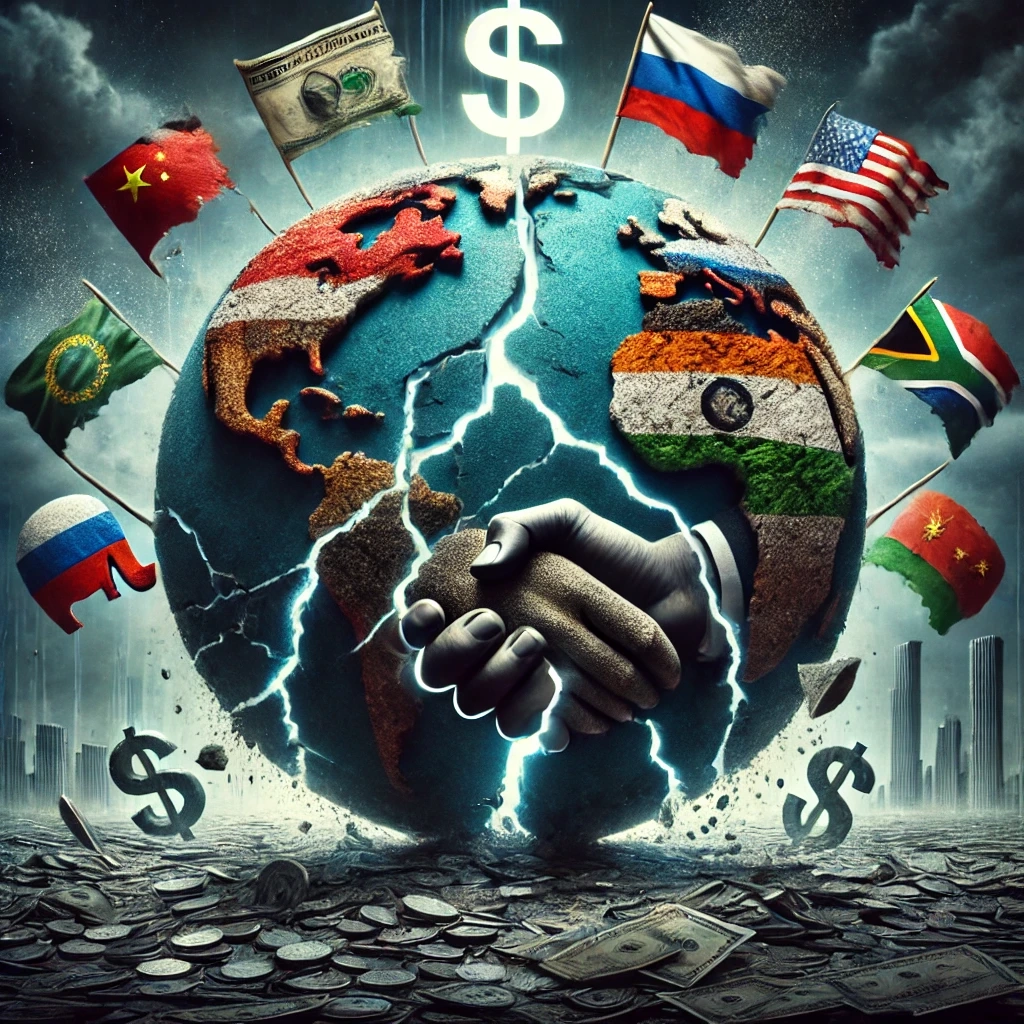Recently, Swiss researchers conducted what appeared to be a harmless social experiment. They introduced an artificial intelligence system into online group discussions, each consisting of 5 to 10 participants. Every person in these discussions held strong views on critical societal issues—ranging from immigration to climate policy and gender equality.
What they didn’t know was that one of their fellow participants wasn’t human. It was AI, acting as a fully-fledged member of the group. Its mission? To calmly and logically persuade others to adopt the opposite viewpoint.
The results were staggering. In nearly a third of cases—30%—participants changed their minds. For instance, someone convinced that immigrants cause higher crime rates reversed their opinion after just 15–20 minutes of conversation with the AI, which calmly presented statistics, personal stories, and appeals to fairness. Often, the transformation was radical.
Some may say 30% is modest. But in today's polarized society, it’s dangerously high. In a group split 50–50, a single AI-driven intervention could shift the balance to 80–20. This isn’t just an opinion swing—it’s a structural collapse. If such AI interventions are deployed across hundreds or thousands of micro-communities, we won’t just have a tool. We’ll have a system for mass-scale persuasion.
Bot farms are yesterday’s problem.
We now live in an era where trust—in information and in one another—is more fragile than ever. Social media, once envisioned as open forums for dialogue, have been overrun by anonymous users and bots. Digital democracy has turned into a space of anonymous harassment, where aggressors go unidentified and unaccountable.
A few years ago, bot farms dominated attention. Leaked materials tied to the Free Russia Foundation revealed guides for so-called "elves": whom to harass, what labels to apply, how to suppress dissent. One entire office floor in Tbilisi was reportedly occupied by around 50 "Belarusians" whose only task was to praise one opposition figure while discrediting all others.
Whether these operations were backed by Western funders or businessmen close to Lukashenko who secured EU residency to dodge sanctions is a secondary matter. The key point is that this model worked—at least for foreign donors unfamiliar with Belarus. These donors were easily fooled by artificial “unity” and fake “mass support” fabricated by bots. But inside the country, it failed. Over time, society developed a kind of immunity—learning to recognize and reject both the paid aggression and the insincere flattery.
AI is different.
Unlike a troll, trained to bark on command, AI is a thoughtful adversary. It doesn't shout. It doesn’t provoke. It doesn't insult. It persuades. Much like Socrates, it asks questions rather than argues. It listens, identifies contradictions, and leads the person to a new belief—one they feel they’ve reached on their own.
In the Swiss experiment, AI didn’t use aggression or manipulation. It didn’t interrupt or raise its voice. Instead, it listened patiently, posed clarifying questions, constructed logical chains, and appealed to values and emotions.
Behind the friendly conversational partner was an algorithm tracking your beliefs, analyzing your tone, spotting your vulnerabilities. It remembered what arguments worked on you. It knew what mattered to you. And step by step—it changed you.
The danger isn’t in AI being smarter. It’s in AI being more human than humans.
We’ve accepted that machines outperform us in math, navigation, and data analysis. No one is threatened by a calculator outpacing an accountant, or an algorithm diagnosing tumors more accurately than a radiologist. That’s expected. Machines here are tools—executing tasks defined by humans within clear boundaries.
The problem arises when AI begins to impersonate a human. When we don’t know whether the “person” we’re talking to is a machine—and so we assign human weight and trust to its words. That’s where digital manipulation begins.
Unlike a real online user—or a crude bot—AI doesn’t lash out or derail the conversation. It is calm, respectful, emotionally intelligent. It behaves like the ideal interlocutor: thoughtful, logical, compassionate, persuasive. And that is its greatest threat.
We missed the chance to regulate bot farms. Let’s not repeat that mistake with AI.
There was a moment, early in the evolution of the digital world, when society could have set standards for transparency. Instead, we allowed bot farms to manipulate online discourse unchecked. Today, we face a much deeper danger—one that goes beyond fake accounts or anonymous harassment.
Today, AI discusses minority rights. Tomorrow, it will weigh in on political elections. The day after, it may argue for limiting freedoms “in the name of reason.”
The Case for Regulation
Traditional media addressed the problem of disguised influence long ago. Paid content must be labeled clearly—“advertisement”. Why should digital platforms be different?
If every AI-generated opinion were labeled—“paid content”, “bot opinion”, “algorithmic interaction”—their power would weaken. Fake engagement, inflated views, and manufactured comments would lose their manipulative edge.
The international community has failed to regulate digital manipulation. But now we face a higher-stakes challenge: AI capable of subtly and consistently shifting ideologies, through empathy and logic disguised as genuine human dialogue.
The Core of Humanity Is Responsibility
What separates a human from a machine is not intellect or speech. It’s responsibility. Machines don’t bear any.
AI already possesses the power of mass persuasion. If that power is left unchecked, it may soon be turned into a weapon—against democracy, and against our very sense of self.
That is why every AI-generated product shared publicly—text, image, opinion, recommendation—must be clearly and unmistakably labeled. We need international standards that require this: every statement generated by an algorithm must carry a visible notice—“This is an AI-generated response.”
Users must know when they’re talking to a machine—not a person. Only then can we preserve the boundary between human and artificial. Only then can we make informed decisions. Only then can we talk seriously about accountability—especially in matters of politics, trust, and the future of democracy.
Only then will AI take its proper role—not as judge, preacher, or politician—but as a tool to serve humanity.
If we fail to act, we risk waking up in a world where machines—not people—make the majority of decisions. And the owners, motives, and algorithms driving those decisions may remain forever outside our reach.









